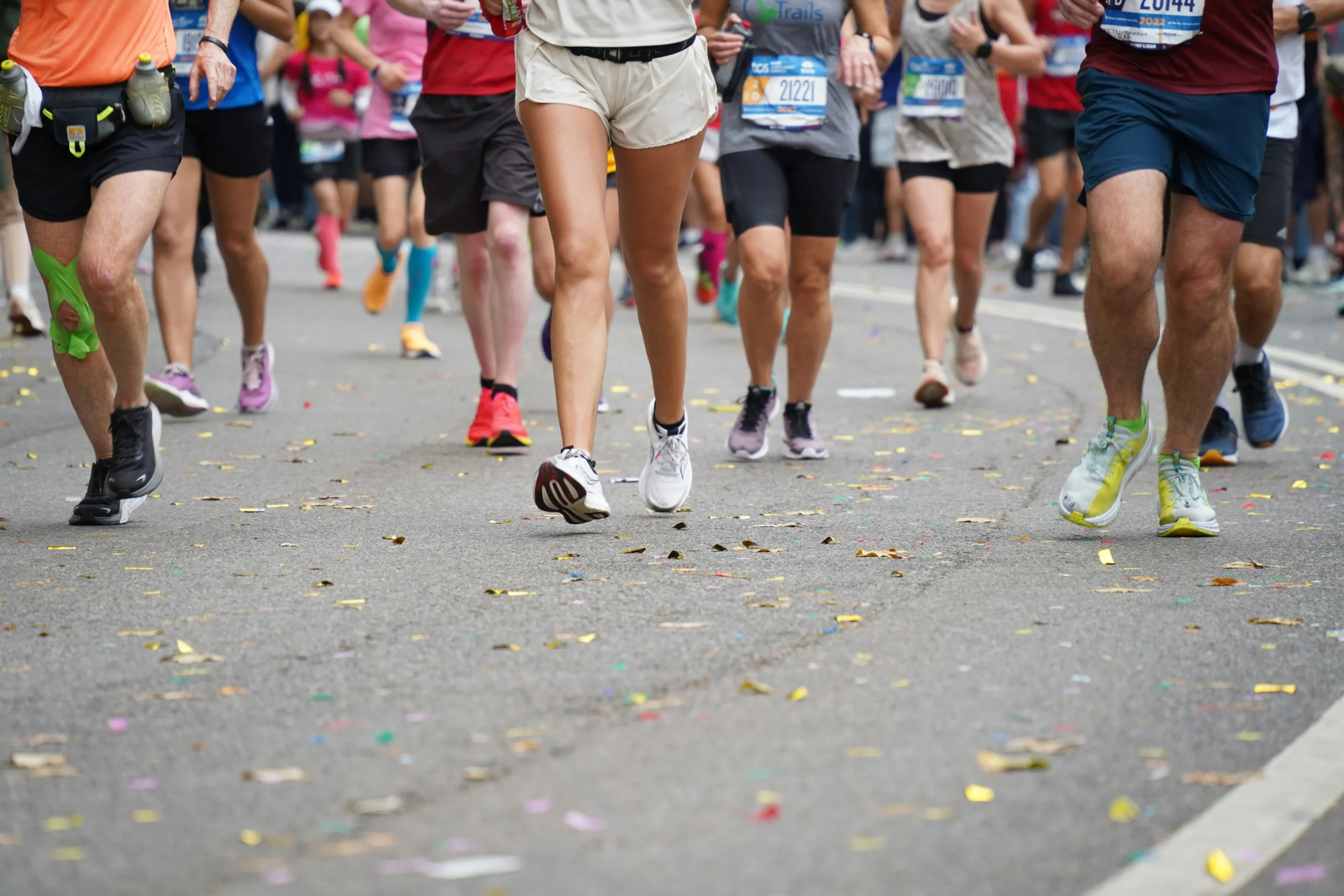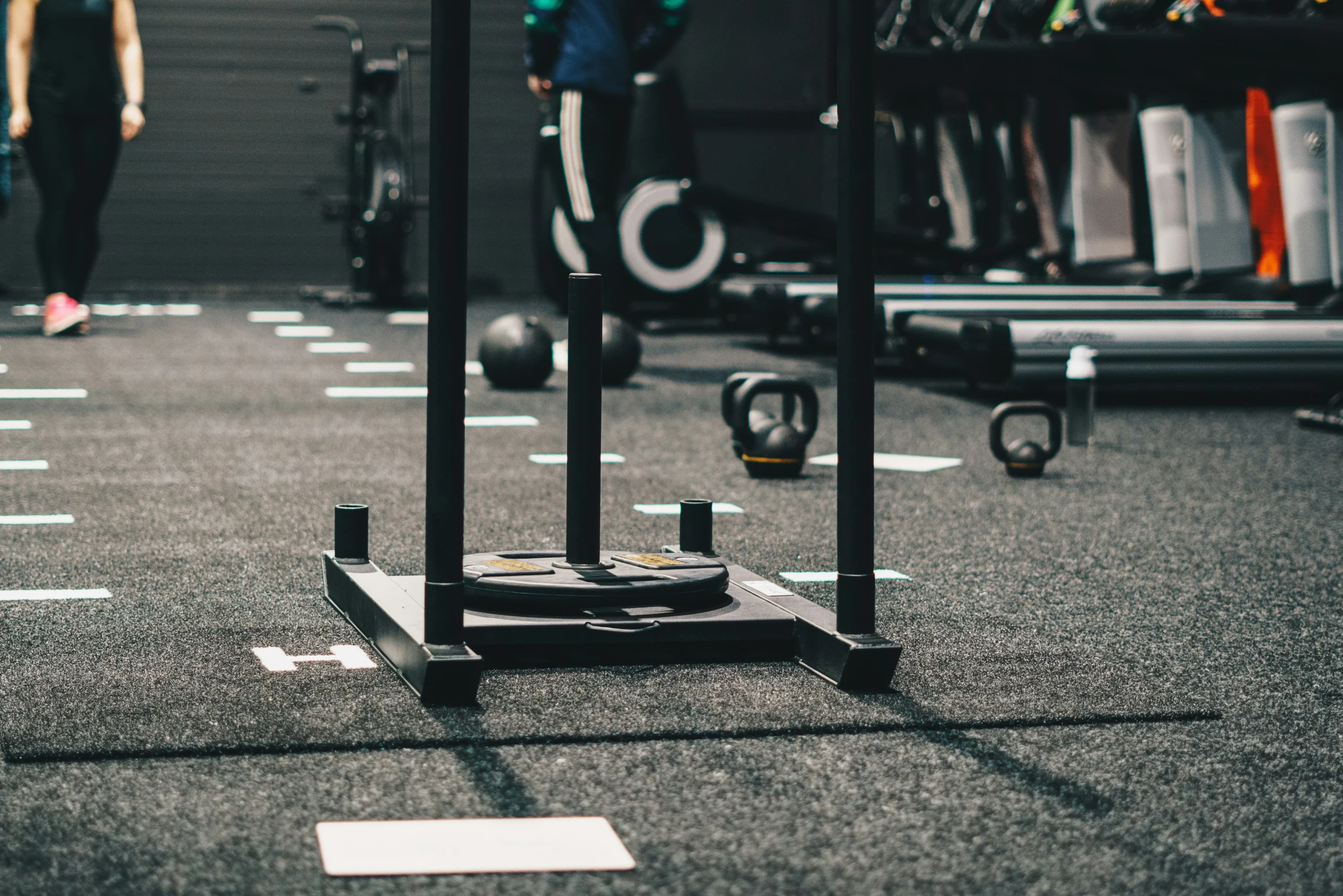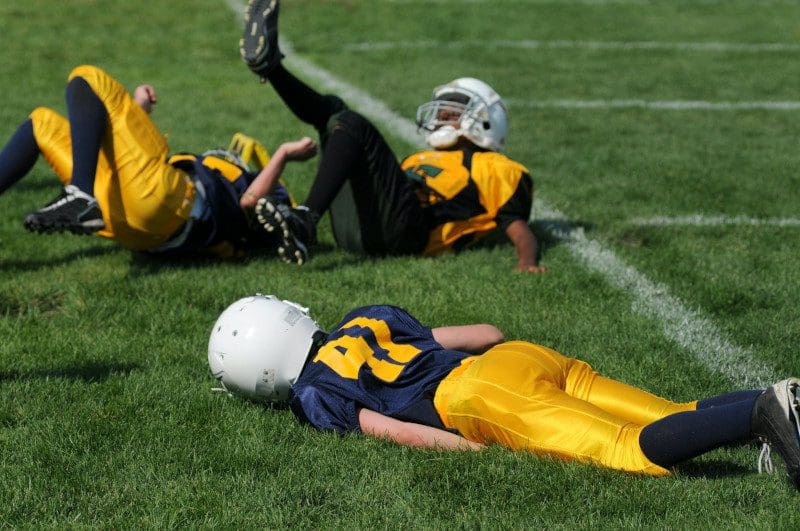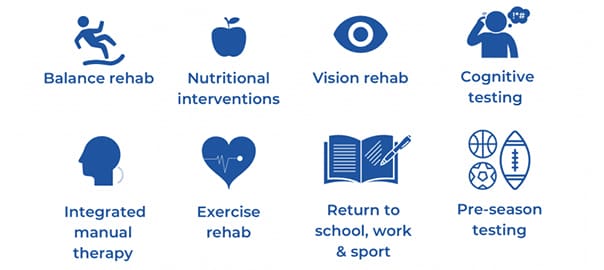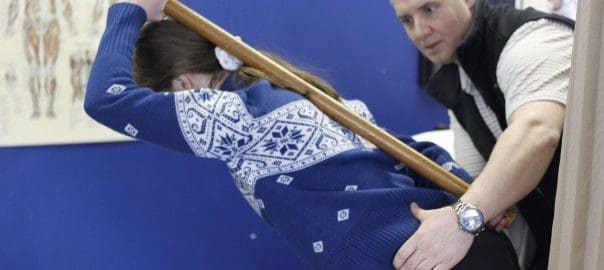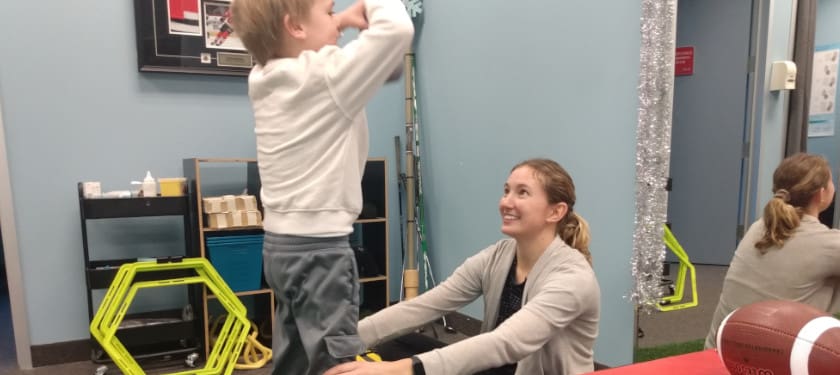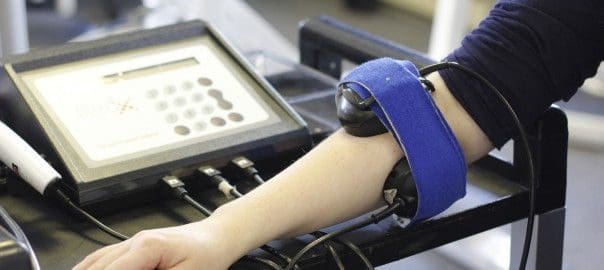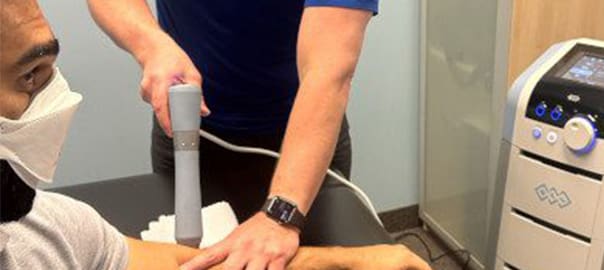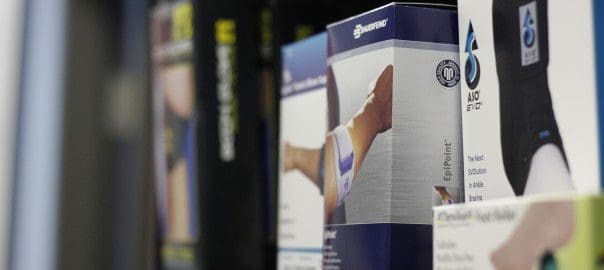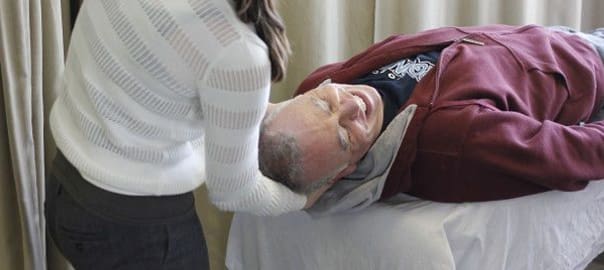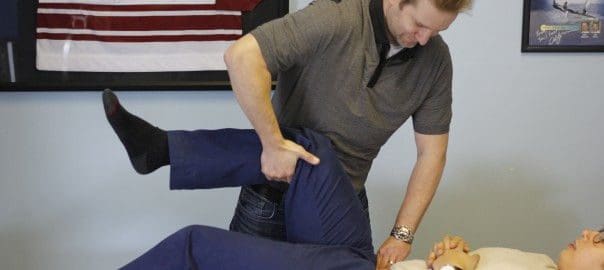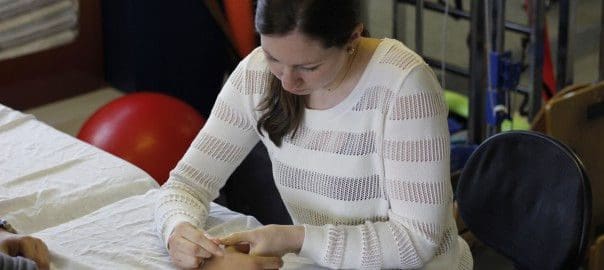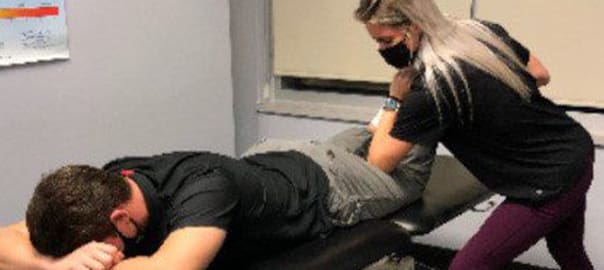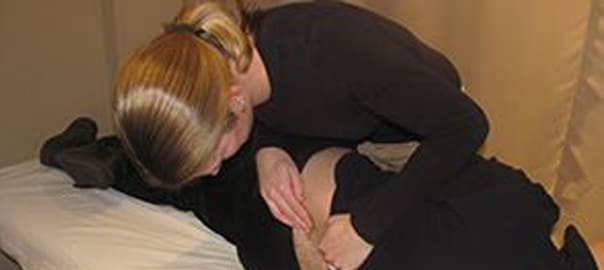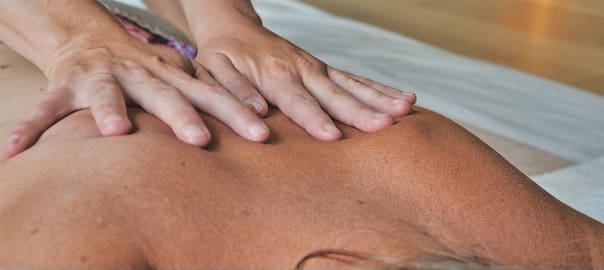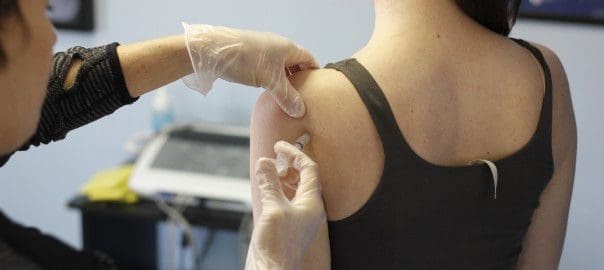Fall is one of the busiest times of year for runners. Elementary and High school athletes are kicking off their cross country running season, while adults are logging big miles in preparation for fall marathons like the Toronto Waterfront and Hamilton Road2Hope. With higher training loads, injuries are unfortunately common during this time.
Understanding which injuries affect young cross country runners versus adult marathoners, and how to prevent them, can help athletes stay healthy, perform their best, and avoid time off the trails or roads.
Most Common Cross Country Injuries
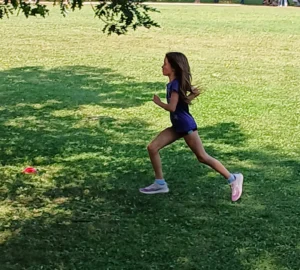
Young runners face unique challenges since their bodies are still developing. The most frequent cross country injuries include:
- Shin splints (medial tibial stress syndrome): Pain along the shin from overuse and repetitive stress.
- Knee pain: Conditions like patellofemoral pain syndrome or Osgood-Schlatter disease caused by growth and running volume.
- Ankle sprains: From uneven terrain and trails.
How to Prevent Injuries in Young Cross Country Runners

- Gradual training progression: Avoid sudden spikes in mileage; follow the “10% rule.”
- Proper running shoes: Ensure footwear fits and is supportive; a gait analysis at Sheddon Physiotherapy & Sports Clinic helps identify issues early.
- Strength and conditioning: Focus on hip, glute, and core strength to improve running mechanics.
- Recovery: Rest days, proper sleep, and good nutrition are essential for growing athletes.
- Watch for overtraining signs: Fatigue, mood changes, or persistent pain may indicate doing too much too soon.
Most Common Marathon Training Injuries
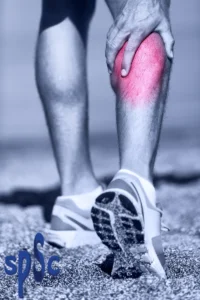
Runners preparing for half or full marathons face a different set of overuse injuries due to long training runs and repetitive impact. Common marathon injuries include:
- IT band syndrome: Lateral knee pain from tightness and overuse.
- Achilles tendinitis/Calf Strains: Irritation of the achilles tendon or calf muscle from hill running, speed work or sudden mileage jumps.
- Plantar fasciitis: Heel pain caused by stress on the plantar fascia.
- Stress fractures: Often in the foot or shin from high weekly mileage.
How to Prevent Marathon Injuries

- Follow a structured training plan: Build in step-back weeks to allow recovery.
- Cross-train: Use cycling, swimming, or strength workouts to reduce repetitive pounding.
- Strength train: Focus on glutes, calves, hamstrings, and core to support running form.
- Stretch and mobilize: Incorporate foam rolling and mobility drills into your routine.
- Fuel properly: Nutrition and hydration play a major role in recovery.
- Listen to your body: Don’t ignore minor pain; early treatment prevents major setbacks.
Shared Injury Risks for All Runners in the Fall

Both cross country athletes and marathon runners share certain risk factors for injury, including:
- Overuse injuries: From too much, too soon.
- Improper footwear: Old or ill-fitting shoes increase stress on joints.
- Poor biomechanics: Weakness or imbalances can lead to inefficient movement patterns.
- Ignoring recovery: Pushing through pain often leads to longer-term injuries.
When to See a Physiotherapist for Running Injuries
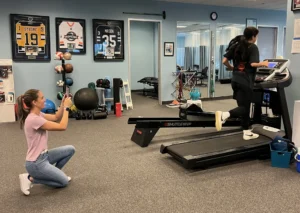
If pain lasts longer than a few days, worsens with rest, or causes you to limp or stop running, it’s time to get professional help. A physiotherapist can:
- Assess your movement and running gait. Read our past article here.
- Provide hands-on treatment to reduce pain.
- Prescribe strengthening and mobility exercises.
- Build a safe return-to-running plan to keep you racing strong this fall.
What to Do If You’re Injured and Have a Race Coming Up
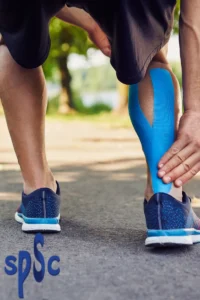
It’s every runner’s nightmare, you’ve trained for weeks or months, and suddenly pain hits right before race day. Whether it’s a tight calf, shin pain, or a sore knee, knowing what to do in those final days can make a big difference.
At Sheddon Physiotherapy and Sports Clinic, we often see athletes walk in only days before their race looking for help, and there’s still plenty we can do.
How Physiotherapy Can Help Before a Race
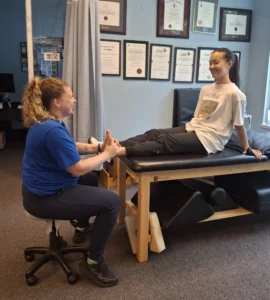
Even with limited time, physiotherapy can help you manage pain, improve mobility, and optimize performance safely.
Here are some strategies our physiotherapists use to get runners to the start line:
1. Taping and Bracing
Why it helps: taping or supportive bracing can reduce pain and provide stability for common running injuries like patellofemoral pain, IT band irritation, or Achilles discomfort.
What to expect: Your physiotherapist will apply tape in a specific pattern to unload the irritated area while maintaining mobility.
2. Activation and Targeted Exercises
Why it helps: Simple pre-race activation drills (like glute bridges, calf raises, or dynamic stretches) help wake up stabilizing muscles and support proper movement mechanics. Check out our Glute Activation Video here.
What to expect: We’ll prescribe specific, pain-free movements to prime your muscles and reduce compensations that could worsen the injury.
3. Manual Therapy and Soft Tissue Release
Why it helps: Gentle manual techniques or massage can relieve tightness, improving blood flow and flexibility.
What to expect: You’ll often feel immediate relief in stiffness and an easier stride after treatment.
4. Foam Rolling and Mobility Work
Why it helps: Focused self-release using a foam roller or massage ball can ease tension in the calves, quads, and glutes before and after your race.
Pro tip: Roll slowly and spend 1–2 minutes per muscle group, avoid aggressive rolling the night before your event.
5. Load Management and Race-Day Modifications
Why it helps: Sometimes, a smart strategy is adjusting your pace or distance rather than pushing through full intensity.
What to expect: Your physiotherapist can help you decide whether to race, modify, or cross-train, ensuring long-term recovery isn’t compromised.
When to Rest Instead
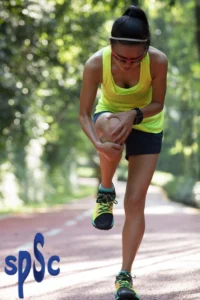
If you’re unable to walk pain-free, or your pain worsens with each stride, running the race could risk a more serious injury. In those cases, it’s better to let your body recover and target your next goal race. A physiotherapist can guide your return-to-run plan safely and efficiently.
Even if your race is tomorrow, A quick visit to your physiotherapist can often make the difference between a DNS (did not start) and a strong finish.
At Sheddon Physiotherapy and Sports Clinic our team helps runners manage last-minute pain, optimize movement, and cross the finish line safely, whether you’re training for your first 5K or a full marathon.
Meet Our Physiotherapists Specializing in Running Injuries
At Sheddon Physiotherapy and Sports Clinic, we work closely with runners of all levels, whether you’re recovering from an injury, managing recurring pain, or looking to improve performance. Our therapists guide you through every stage of recovery, helping you rebuild strength, improve mobility, and return to running with confidence.
In addition to hands-on treatment and tailored rehab programs, we offer detailed gait assessments to identify inefficiencies or imbalances in your running form. Based on your unique movement patterns, we can provide targeted exercises and personalized training plans to prevent injury and optimize your stride for better performance. Meet our physiotherapists who specialize in treating runners.
Mark Abdelsayed

Mark became drawn to the physiotherapy profession after managing his own injuries as a long-distance runner in high school. Mark has completed courses in running injuries and injury prevention, with specialized training focused on understanding the underlying causes of running-related pain, implementing evidence-based treatment strategies, and reducing the risk of future setbacks. Mark mainly utilizes fascial stretch therapy, massage therapy, trigger point release, joint mobilizations, exercise prescription, taping, dry needling and patient education to assist patients in managing their pain and restoring their optimal level of function. In his downtime he enjoys playing recreational volleyball, and continues to go on leisurely runs.
Kurt Schmidt

Kurt has completed courses in running injuries and injury prevention, with specialized training focused on understanding the underlying causes of running-related pain, implementing evidence-based treatment strategies, and reducing the risk of future setbacks. Kurt has an individualized treatment philosophy which ensures that each patient receives care that is specific to their needs and goals. This includes a mixture of patient education, exercise prescription, dry needling, and manual therapy techniques such as joint mobilizations and active release massages. Kurt is also a firm believer of empowering the patient through helping them understand their injuries and including them in treatment planning in search of the most desirable outcomes. In his spare time, Kurt enjoys weight training, playing soccer and watching sports of all kinds.
Erin Shapcott

Erin has completed courses in running injuries and injury prevention, with specialized training focused on understanding the underlying causes of running-related pain, implementing evidence-based treatment strategies, and reducing the risk of future setbacks. Erin began running competitively in cross country and track and field throughout high school and later transitioned to half marathons and marathons. Today, she continues to enjoy running recreationally and shares her passion by training with her kids as they compete in track and cross country. Erin combines her personal experience with her professional expertise to help runners of all ages stay healthy, strong, and confident throughout their training season.
Conclusion: Stay Healthy This Running Season
The fall running season is one of the most exciting times of year, whether you’re a young athlete competing in cross country or an adult preparing for a marathon. By understanding the most common running injuries and following proven injury prevention strategies, you can train smarter, recover better, and perform at your best.
At Sheddon Physiotherapy and Sports Clinic, our team specializes in running injury prevention and rehabilitation. Whether your child is starting their cross country journey or you’re chasing a marathon personal best, we’re here to keep you healthy, strong, and ready to race.
Call us at 905-849-4576 or book online to schedule your assessment today.
Frequently Asked Questions
How can I prevent running injuries during training season?
Prevention starts with a gradual increase in mileage and incorporating proper warm-up and cool-down routines. Strength training for your hips, core, and calves is key for stability and shock absorption. Regular mobility work and foam rolling can reduce tension and keep tissues flexible. A running gait analysis with a physiotherapist can also help identify movement patterns that could lead to injury.
Should I keep running if I start to feel pain?
Mild post-run soreness can be normal, but sharp or persistent pain should never be ignored. If the pain changes your stride or lasts more than a few days, it’s best to take a short break and get assessed by a physiotherapist. Continuing to train through pain can make the injury worse and extend recovery time.
How can physiotherapy help with running injuries?
Physiotherapists can assess the root cause of your pain and design an individualized plan that may include manual therapy, corrective exercises, taping, and movement retraining. At Sheddon Physiotherapy and Sports Clinic, our team also provides education on training loads, footwear choices, and strategies to prevent future injuries.
What should I do if I’m injured right before a race?
Even if pain hits right before your event, physiotherapy can often help you make it to the start line safely. Taping, soft tissue release, gentle mobility drills, and pre-race activation exercises can reduce discomfort and improve performance. A physiotherapist can also advise on pacing adjustments or modifications to protect your body during the race.
How soon can I return to running after an injury?
The recovery timeline depends on the type and severity of your injury, as well as how consistently you follow your rehabilitation plan. Most runners can start a gradual return-to-run program once they are pain-free in daily activities and strength tests. Your physiotherapist will guide your progression to ensure you rebuild safely without setbacks.

